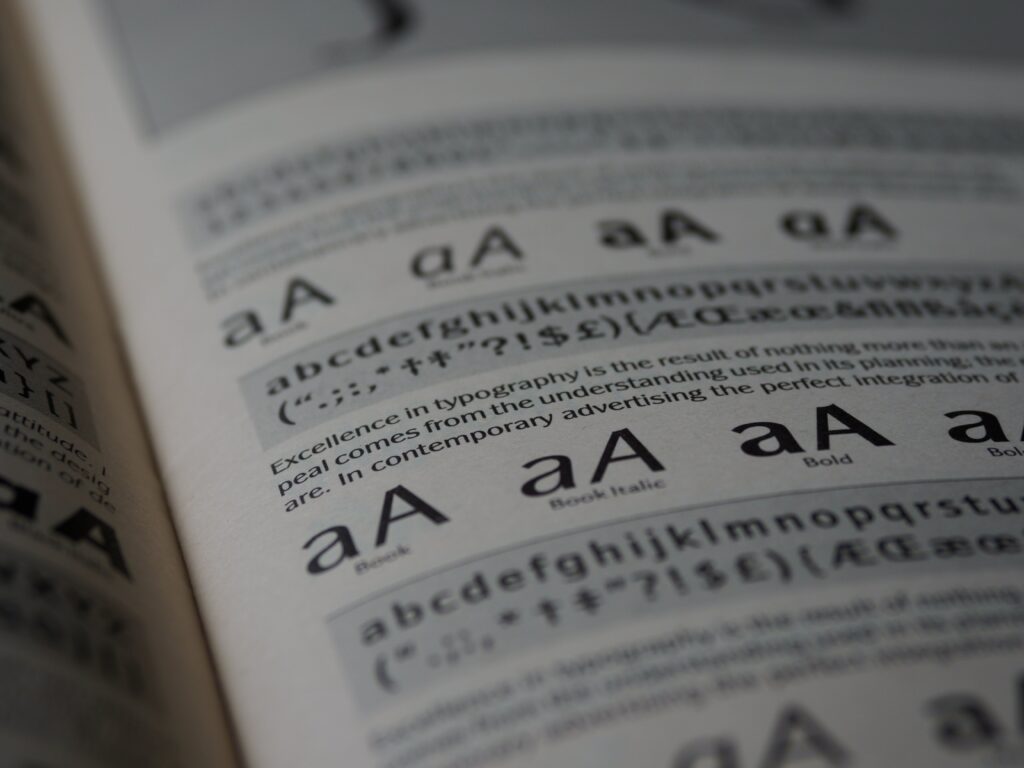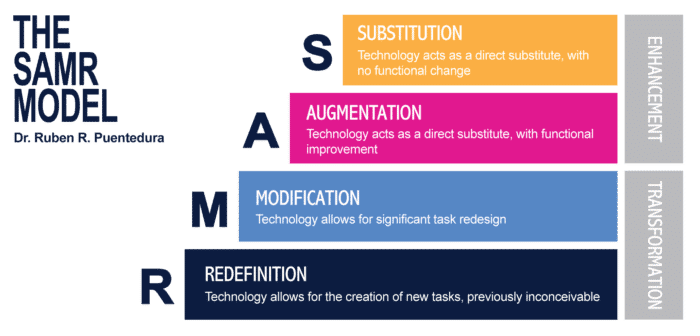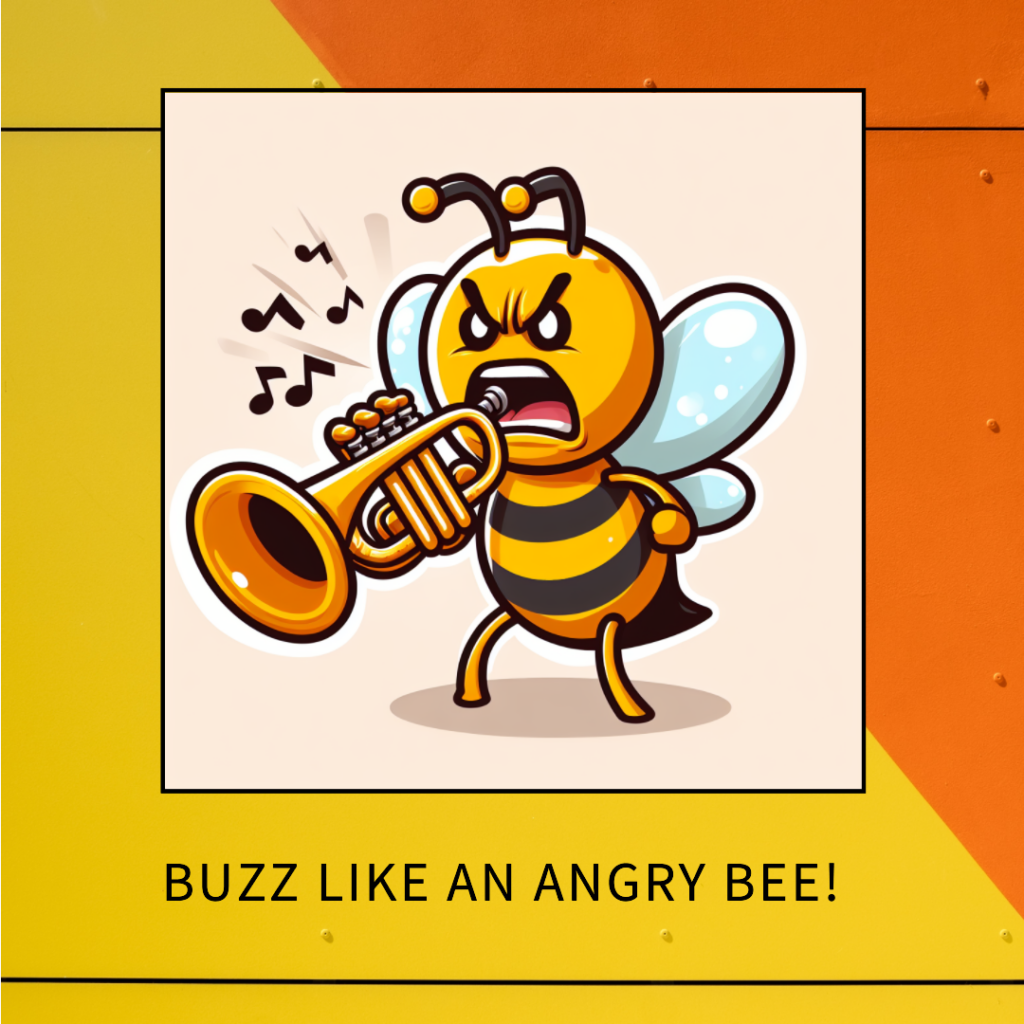I was attending a conference during this class, but the criteria listed in the assignment description reminded me of a topic I spent a bit of time looking into earlier in the semester, namely tools for people with dyslexia. Of course, it is generally recommended that learners with dyslexia are given alternative ways to access, learn, and demonstrate their understanding of new information, and I believe all teachers should be amenable to this. This can include verbal submissions (like a podcast) rather than essays, allowing the use of text-to-speech, giving lessons both aurally and through text, and allowing learners more time to access information, in addition to many other suggestions. With that said, at times it is necessary to have a text-based component, and we can still make some accommodations to help these learners. I also believe that allowing students to build up their ability with the text-based modality, even if it is not a strength or is made more difficult due to disability, is still worthwhile.

Photo by Brett Jordan: https://www.pexels.com/photo/close-up-shot-of-text-on-a-book-5266319/
One of the main recommendations I have seen frequently is to use appropriate fonts and font sizes for anything requiring students to read. In general, sans serif fonts are considered preferable, but there are also fonts specifically designed for people with dyslexia. The built-in font for Google docs/slides/suite is the Lexend font, which I have started using more frequently when creating presentations (see here: https://fonts.google.com/specimen/Lexend). Other important factors regarding fonts is the size and spacing, both in terms of the space between letters and between lines. Being aware of the line spacing and kerning (the technical term for the spacing between letters) is important in order to make reading text easier for dyslexic learners.
From a UDL perspective, accommodations that help people with dyslexia can also benefit people without that condition in a variety of ways. From my perspective as a teacher, keeping dyslexic students in mind when creating my slide shows helps remind me to keep less text on each slide or spread it out more, which is good as I have a tendency to put too much info on every slide. From a learner’s perspective, have an easier-to-read document or slideshow is beneficial and can make the processing easier overall. The option to show learn and show learning through a variety of different modes is beneficial as well, as for example some students may excel with verbal communication but struggle to write.
I can’t say that I am an expert on this subject at all, but I am trying my best to learn from peers and through research how to cater to a variety of learners. If you have any suggestions or corrections for this post, please feel free to comment them here.



